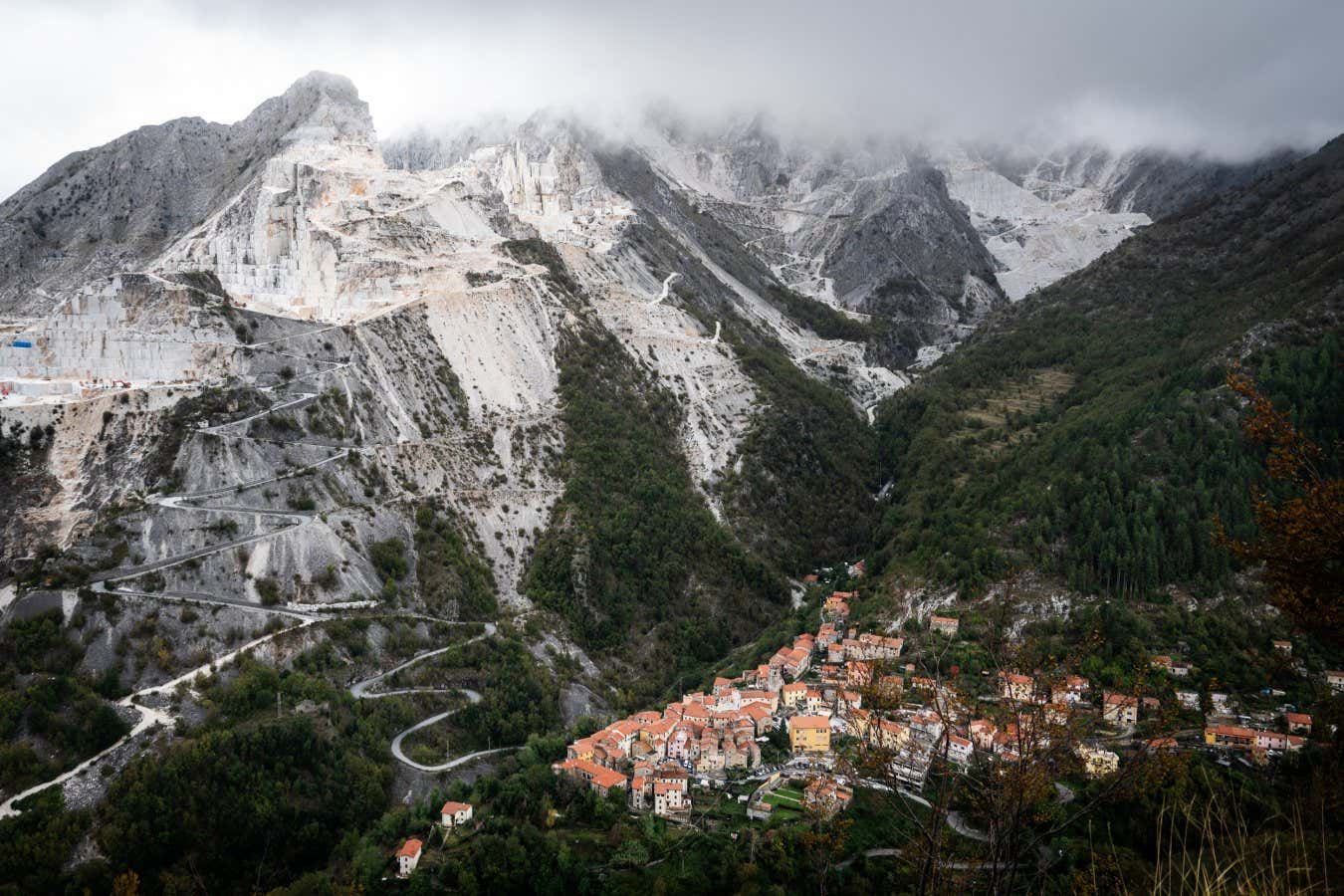
Electricity is something most of us take for granted until the lights go out.
Behind the scenes, however, managing energy production and distribution is a complex and delicate process.
Traditional power grids, which deliver electricity to our homes and businesses, weren’t designed to handle today’s demands for efficiency, sustainability, and reliability.
Enter the smart grid—a modernized energy system that uses advanced technologies to make power management smarter, greener, and more responsive.
Smart grids rely on sensors, communication networks, and artificial intelligence (AI) to monitor and manage electricity flow in real time. Unlike traditional grids, which operate in a one-way flow from power plants to consumers, smart grids enable two-way communication.
This means energy providers can track how much electricity is being used and where it’s needed most. At the same time, consumers can see their usage patterns and adjust their habits to save energy and money.
One of the biggest challenges in managing power is balancing supply and demand. Too much electricity can overload the grid, while too little can lead to blackouts.
Smart grids solve this problem by using AI algorithms that predict energy demand based on factors like time of day, weather, and historical usage patterns.
For instance, during a heatwave, when air conditioning use skyrockets, the smart grid can redistribute power to prevent outages.
Renewable energy sources, like solar and wind, are another reason smart grids are so important. These sources are clean and sustainable but unpredictable. The sun doesn’t always shine, and the wind doesn’t always blow.
Smart grids can integrate renewable energy into the system more effectively by storing excess power in batteries during peak production times and releasing it when demand is high. This ensures a steady energy supply without relying too heavily on fossil fuels.
A notable example of smart grid innovation comes from Europe, where several countries are testing AI-driven systems to improve grid efficiency. In one project in Germany, researchers developed a platform that uses machine learning to optimize energy storage and distribution, reducing waste and cutting costs.
Similarly, in the United States, utilities in California are using smart grid technologies to manage wildfire risks by detecting and isolating faults in power lines before they cause damage.
Another key feature of smart grids is their ability to support decentralized energy systems. In a traditional grid, electricity is generated at large power plants and transmitted over long distances.
Smart grids, on the other hand, can incorporate energy produced locally, such as from rooftop solar panels or small wind turbines. This reduces transmission losses and makes the system more resilient to disruptions.
Smart meters, a crucial part of the smart grid, are already being installed in many homes and businesses. These devices provide real-time data on energy use, helping consumers understand and reduce their electricity bills.
They can even communicate with smart appliances, like refrigerators and washing machines, to optimize energy use during off-peak hours when electricity is cheaper.
While smart grids offer many benefits, challenges remain. Upgrading existing infrastructure is expensive and time-consuming. Cybersecurity is also a significant concern, as a connected grid could be vulnerable to hacking. Additionally, some people worry about privacy issues related to the collection of detailed energy usage data.
Despite these challenges, the transition to smart grids is gaining momentum worldwide. They are essential for creating a more sustainable and efficient energy future, especially as the demand for electricity continues to grow with the rise of electric vehicles and other technologies.
Smart grids are more than just an upgrade—they represent a fundamental shift in how we produce, distribute, and consume energy. By embracing these innovations, we’re not just keeping the lights on; we’re building a cleaner and smarter energy future.
Copyright © 2025 Knowridge Science Report. All rights reserved.







Leave a Comment